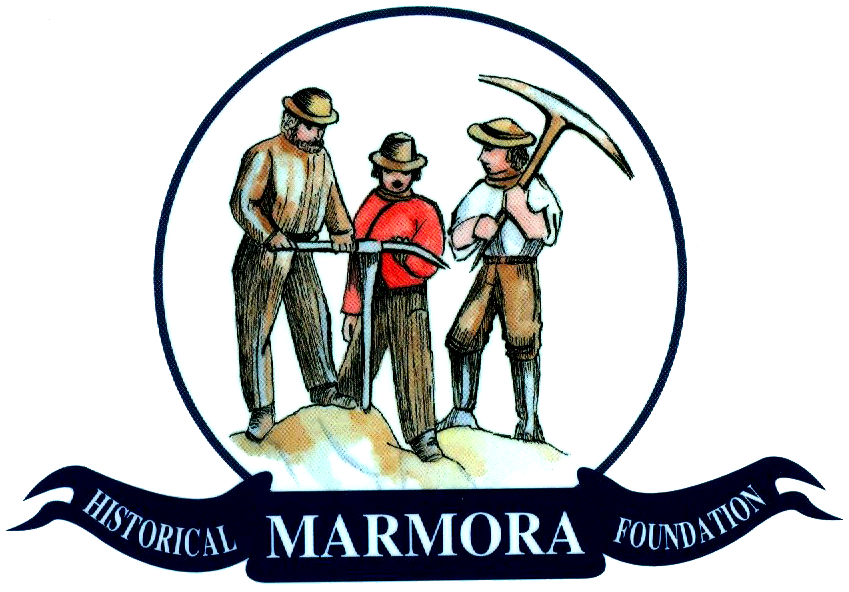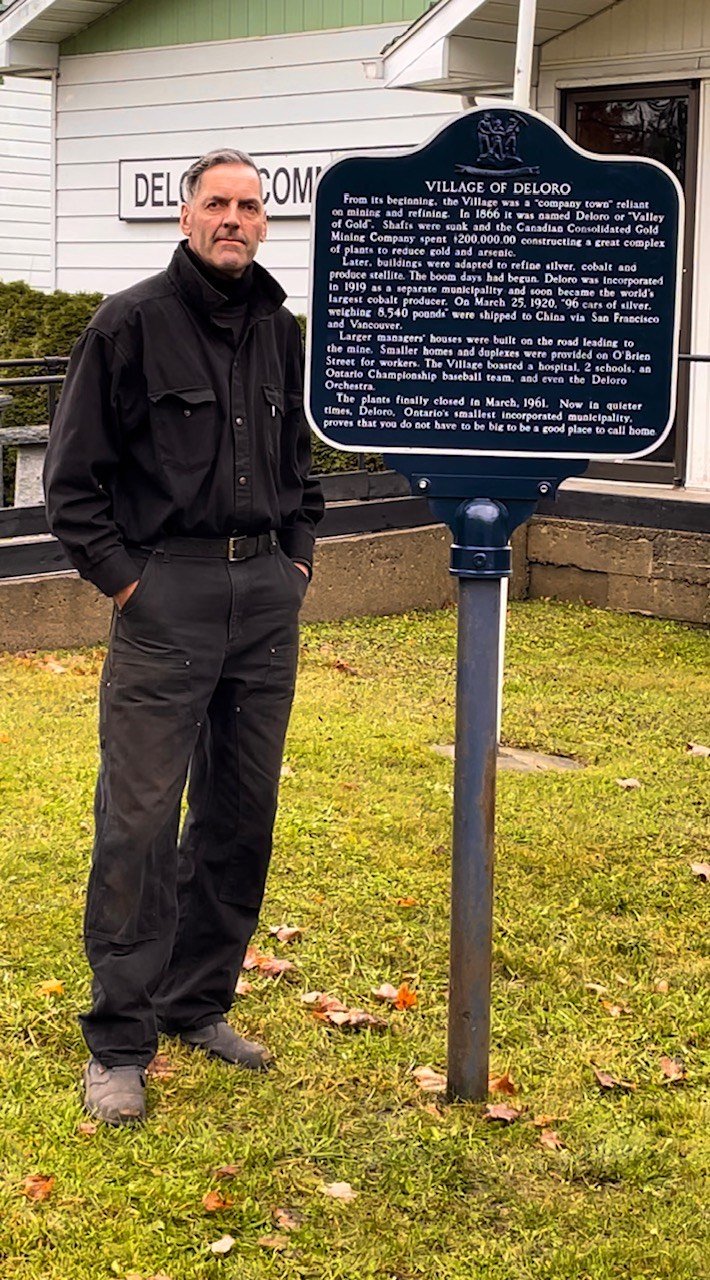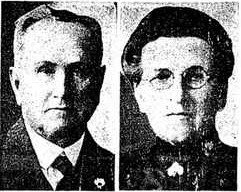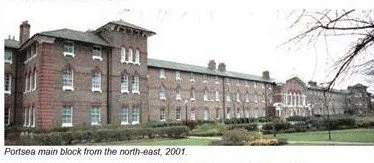Ah, the '90's ...... "SORT OF MAKES YOU FEEL GOOD TO LIVE HERE, DOESN'T IT?"
/By Jack Grant Marmora Herald - July 22, 1992
Since September, 1915, the Village of Marmora has been the place I call home. Except for the periods of time we lived in Toronto and, in' Peterborough(about 20 years) we have been fortunate enough to enjoy all the Valley of the Crowe River has to offer.
I just feel compelled to say something in this paper that should be said.
First, I want to commend our Reeve and' Council for keeping our village up-to-date with good' streets, new side- walks, excellent water, adequate street lighting and cleanliness. Even when I drive through other towns on Highway .7, I cannot help but compare; Marmora rates very high.
We have the Crowe River, the beautiful old dam; Beaver Creek, Crowe Lake, - all these areas enhancing and bringing so many tourists to our town. We have two beautiful parks, both are on theriver and catching the eye of every motorist driving along the highway.
And how about the recreation and good times that are enjoyed in the ball diamond and at the good old swimming beach? I swam in the same spot 70-years ago and was proud to be able to swim across theriver and back again without stopping.
And how about the beautiful bed of flowers adorning our four corners. I have seen several ladies working there on different days. I know Mary Jane Goodchild and Fendi Wood. To these super citizens, and on behalf of thousands, I say "thank you very much."
1n 1989, we completed the Dr. Parkin Living. Centre -- a 24-apartment complex and the place I call home. And, in 1991, the new Medical Centre. Buildings we can be proud of.
And we have a real up-to-date curling rink and curling club. And how about our super hockey arena, started in 1990; finished in 1991, the envy of hockey players from all over this part of the country.
Sort of makes you feel good to live here, doesn't it?
We have a new generating plant at the dam. True, it won't make much difference in our energy bills now, but it's definitely a plus for days and years to come.
There are so many' good things come to my mind - our service clubs, for instance. The Lions Club, a great organization, made up of too few gentlemen working their hearts out for the good of Marmora;, and the Lioness Ladies-, - organizing their banquets - doing more than their share to enhance our community.
And how about the Legion? First we had the GWVA- after the first World War - then the, Legion replaced it. A wonderful organization, doing everything possible for the good of the community . -- and mankind. And I know, especially at Christmas, thousands of families thank God for the Legion.
Comments:
Pat McCrodan wrote: I still remember Jack chasing us out of his strawberry patch. We got away but left our bikes behind, you know how that turned out! We had bought an ice cream cone at Nickles and thought some of Jack's strawberries would go great. Still had the cones in our hands when he chased us over the back fence. I seem to remember having to do some weeding in return for our bikes.
Alana Grant : My wonderful Grandpa! Will always love you and youhave the most wonderful son and father to me Al Grant..love you so much!
D. Slade: My Great Uncle Jack..what a character he was! Always upbeat and a great sense of humour. And always took time to drop in and visit my mom (his niece) in their later years. The Grant clan had a very long run as residents of Marmora; several generations made it their home. It'll always be a special place to us.
Elizabeth B. Nicely said. If the tourists can't wait to get here, it must be something above the ordinary and we get to call this place home!




































